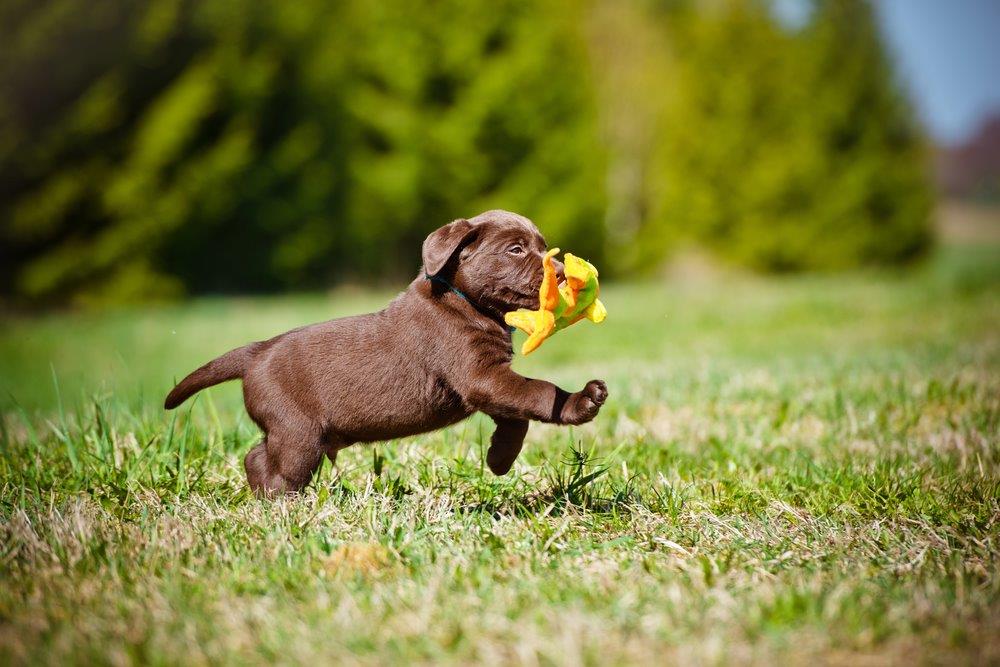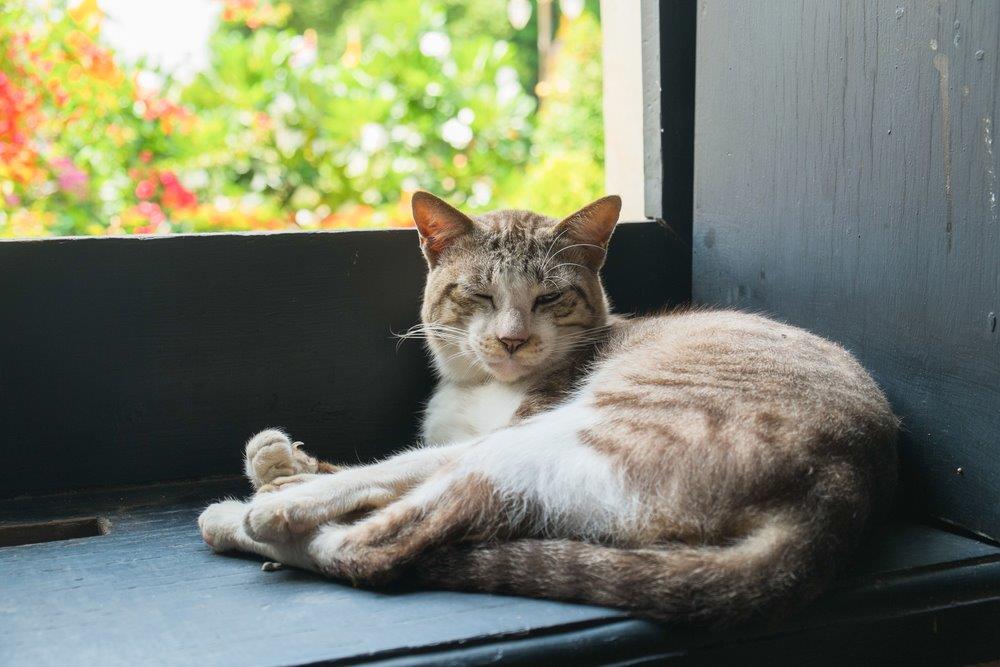With the temperatures so hot outside, it’s important to think about how to keep your pets safe in the heat. Heatstroke, sunburn and foot/paw burns are the most dangerous. Heatstroke can cause organ failure, seizures, brain damage, hemorrhages, blindness, convulsions, or even death. Heat stroke happens when the body mechanisms cannot keep the body temperature in a safe range. The regular temperature for a dog is 100-102.5°F. If their temperature reaches 106°F that can become deadly and your dog should be seen by a veterinarian as soon as possible. Cats’ internal temperature is normally 101-102°F and if their temperature reaches 105°F then they should be seen by a veterinarian as soon as possible. Signs of heatstroke in dogs are rapid panting, bright red tongue, red or pale gums, thick sticky saliva, depression, weakness, dizziness, vomiting, diarrhea, shock, and coma. Sings of heatstroke for cats is rapid pulse/breathing, staggering gait, redness of mouth, vomiting, and lethargy.

Certain dogs are more prone to having problems with heat, such as brachycephalic breeds like pugs and bulldogs. Some breeds just don’t tolerate heat well either such as Boxers, Huskies, and St. Bernards. Along with breeds, there are also illnesses that can make animals more susceptible to heart problems such as obesity, older age, breathing difficulties(laryngeal paralysis), and heart disease.
Some general tips for avoiding heat problems with pets are:
- If the temperature is high outside don’t let your pets stay on hot surfaces for long amounts of time (such as concrete, asphalt or cement).
- When your pets are close to the ground it increases their body temperature and they can burn their paw pads on the hot ground.
- When getting summer hair cuts, try to keep at least a half-inch of fur there to protect from sunburn.
- Always keep fresh water available at all times.
- Do your best to restrict activity and allow them to have access to shade.
- If your pet isn’t that nice, it’s not the best idea to put a muzzle on them for long amounts of time because it doesn’t allow them to pant.
- Swimming is always a good idea to help keep them cool and get exercise at the same time. Even sprinklers can help to lower body temperature.
- The most important is to never leave any animal in a car by themselves. Even if the car is parked in the shade the temperature can increase quickly, easily reaching 140°F.
If you ever have concerns, try to remove your pet from the heat. You can even wet them thoroughly with cool to room temperature water. Do not use ice or very cold water when trying to cool them down. The ice water can cause their bodies to cool too quickly and then that can cause adverse side effects. Also, never force your pet to drink water as it can cause them to choke or even inhale the water into their lungs.

Felines are a little different but still can have issues with heat. Some good ideas to help to keep them cool are, making “cat-sickles” by freezing their wet foot in a plastic cup and giving them as treats throughout the day. You can also chill the water by putting ice cubes in it and sometimes the cats even like to play with the ice cubes as a bonus. Try to make sure their water is always fresh and cool and allow them to have access to rooms with a fan or air conditioner running. Sometimes even keeping the blinds closed will help cut down on the heat. Leaving bare floors and basements available are also nice for them to cool down on. If you happen to open windows always make sure the screens are fully attached and secure. If you are concerned at all it might be best to leave them closed and find an alternative route unless you are going to be watching them the whole time.
Cats don’t pant like dogs; they actually recreate sweating like humans. They groom themselves and the saliva from their tongue acts like sweat and cools their body down when it evaporates. It’s also not a good idea to shave cats in the summer, the fur is actually evolved to keep them warm in the winter and protects them from the sun and slows down dehydration in the summer. If you notice your cat panting, breathing rapidly, having excessively sweaty paws, or acting restless they are showing signs of heat problems and you should call your veterinarian right away. If you are concerned at all, call your veterinarian and check with them or take them to the nearest emergency vet facility.

